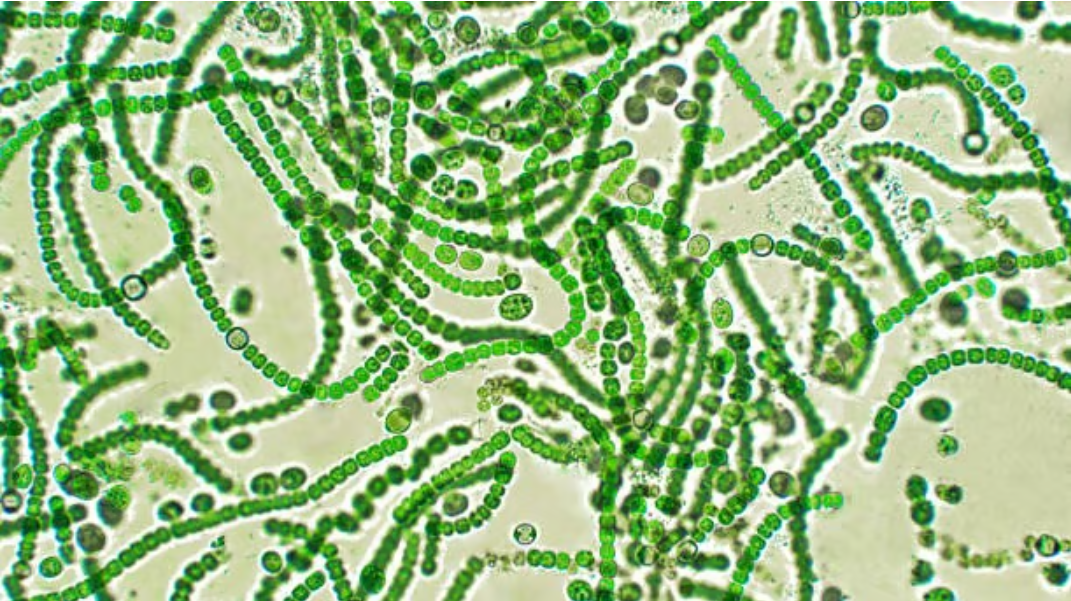
THE FACTS
Microplastics

Studies on the prevalence of micro/nanoplastics, and the potential negative health effects of
them are rapidly growing and are increasingly indicating that they pose a serious threat to
human health.
Microplastics are fragments measuring up to 5mm, while nanoplastics are minuscule,
measuring no more than one micrometre – about one-60th the size of a grain of salt.
Professor Lukas Kenner from the Medical University of Vienna has warned that cancer cells “spread at an accelerated rate” after contact with microplastics, and unborn children were most at risk, as plastic particles in the placenta could be transferred to embryos.
Of particular concern is that high levels of nanoplastics have been found in Australian municipal water supplies.
While a “safe” level is difficult to determine, municipal water catchments have been found to contain even higher concentrations of plastics than water from plastic bottles.
One study found nanoplastics in municipal water supplies number up to 440 particles per litre while store-bought bottled water had between 220-360 particles per litre.
The situation in Hobart’s water catchments is unmonitored and untested, with little to no measures taken to ensure catchments are not contaminated by upstream pollution. Safe Water Hobart advocates for the establishment of a robust catchment management authority to better protect our water from the increasingly apparent hazards of microplastics and nanoplastics, as well as other sources of contamination.
Further reading
Evaluation of nanoplastics toxicity to the human placenta in systems - ScienceDirect